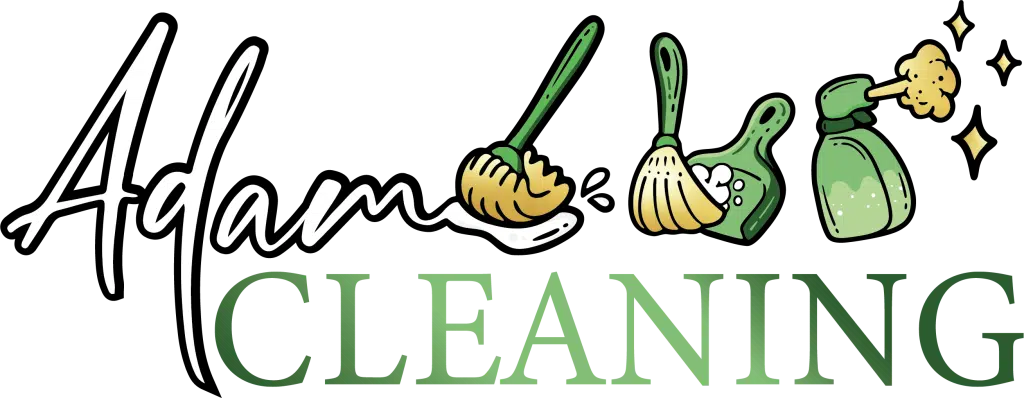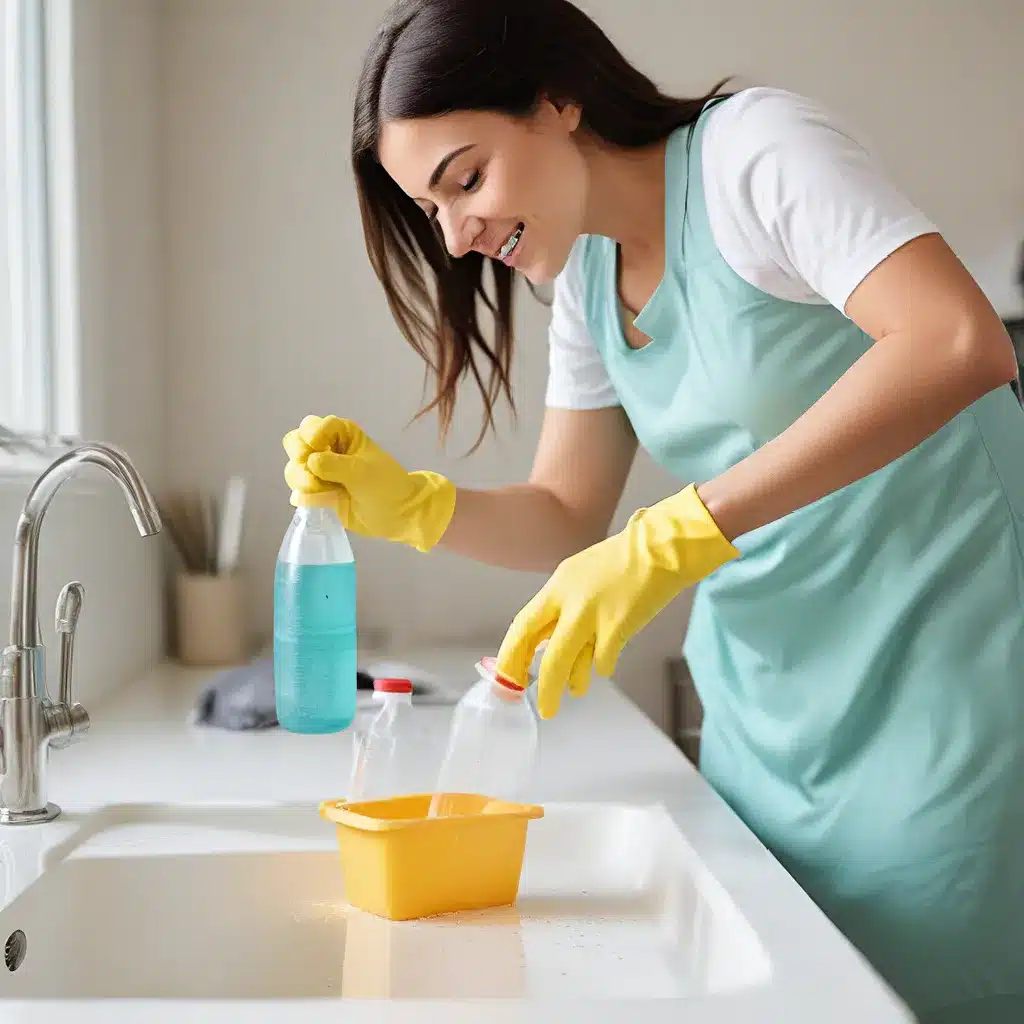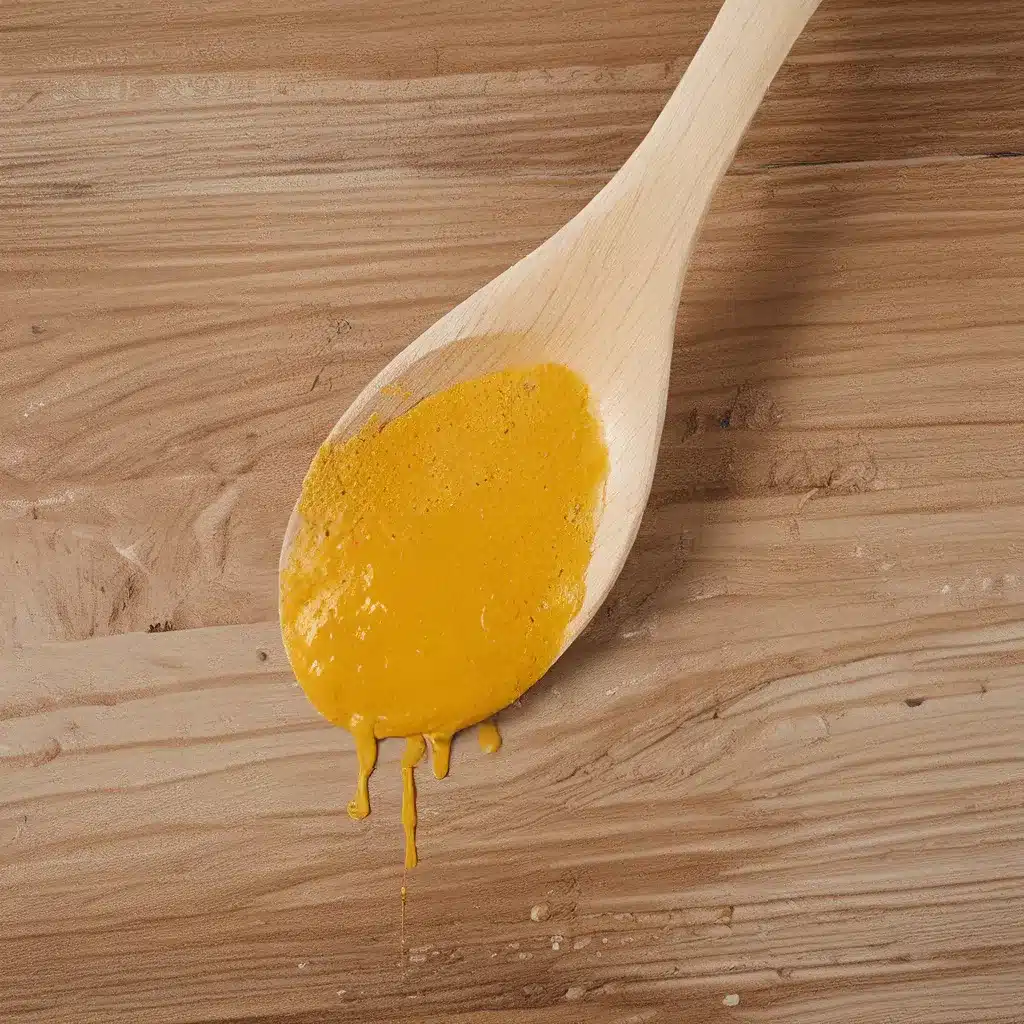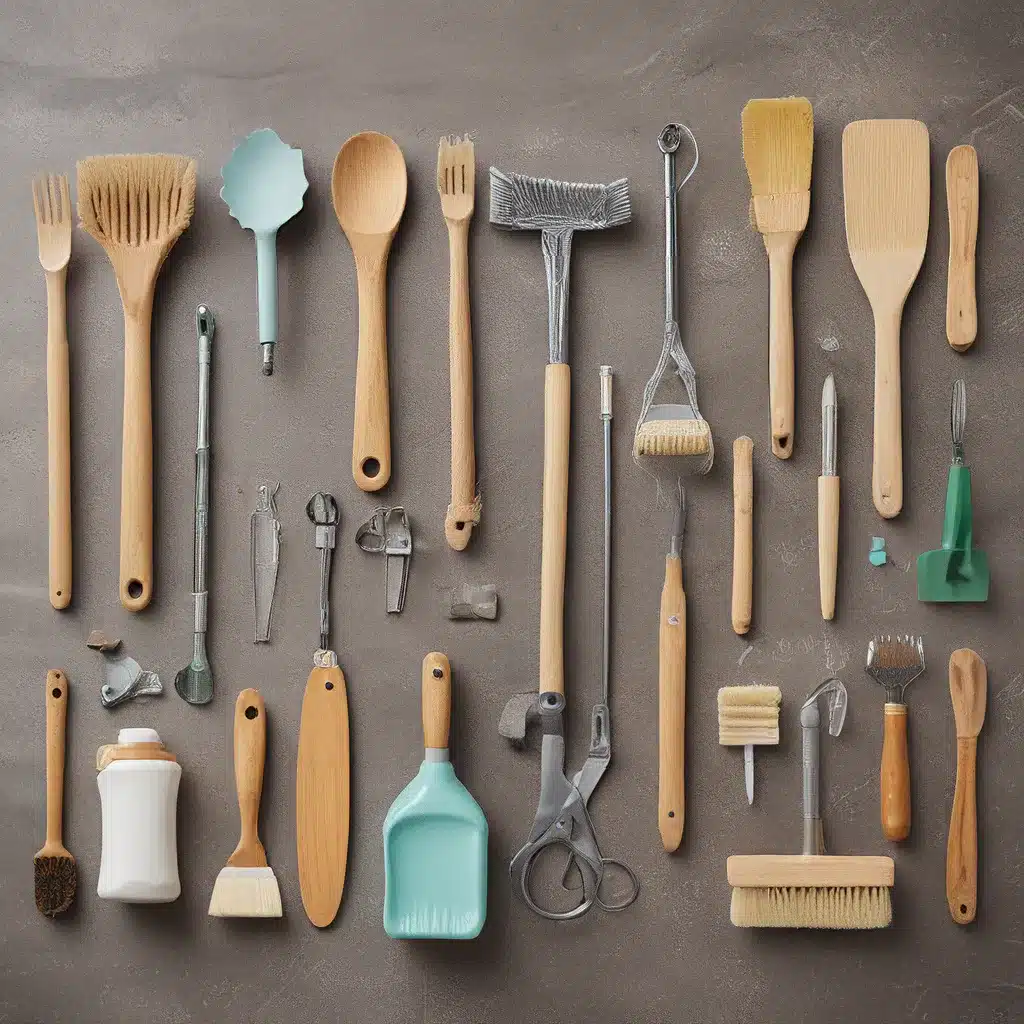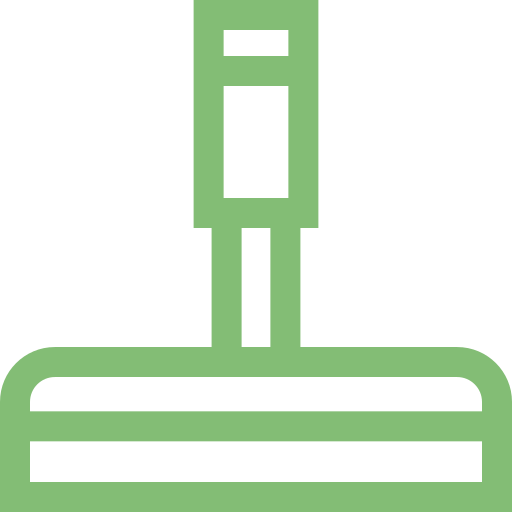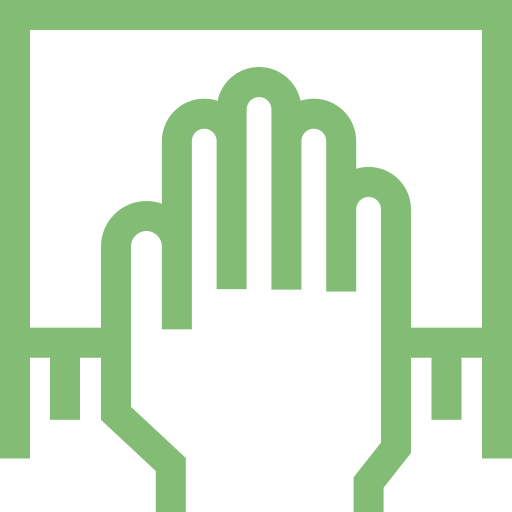As someone who’s been on a personal journey with respiratory challenges, I know just how important it is to keep our living spaces clean and disinfected. But let’s face it, navigating the world of disinfectants can be a real minefield! With so many options out there, it’s easy to get overwhelmed.
That’s why I’ve decided to share my hard-earned insights on the topic. In this comprehensive guide, we’ll dive deep into the world of disinfectants and explore the best ways to keep our homes sparkling clean and, most importantly, safe for our families.
Understanding Disinfectants: The Good, the Bad, and the Ugly
When it comes to disinfectants, there’s a lot more to consider than just grabbing the first bottle off the shelf. You see, not all disinfectants are created equal. Some are highly effective at killing germs, while others may actually do more harm than good.
One of the key things to understand is the difference between cleaning and disinfecting. Cleaning simply removes dirt, grease, and other debris, but it doesn’t necessarily kill the nasty bugs that can lurk beneath the surface. Disinfecting, on the other hand, is the process of killing those pesky microorganisms, like viruses, bacteria, and fungi.
Studies have shown that certain essential oils, like thymol and citronella, possess powerful antimicrobial properties. These natural ingredients have been used for centuries to combat all sorts of germs, and they’re making a big comeback in the world of disinfectants.
But don’t let the “natural” label fool you – not all disinfectants are created equal. Some store-bought options may contain harsh chemicals that can be harmful to your health and the environment. That’s why it’s so important to do your research and choose your disinfectants wisely.
Navigating the Disinfectant Maze
When it comes to keeping your home clean and sanitary, you’ve got a lot of options to choose from. But with so many products out there, how do you know which one is the right fit for your needs?
Well, fear not, my friends! I’ve done the legwork for you. Let’s take a closer look at some of the most common disinfectant options on the market:
Bleach-Based Cleaners
Ah, good old bleach – the go-to for many when it comes to disinfecting. While it’s true that bleach is a highly effective germ-killer, it’s also a harsh chemical that can be irritating to the skin and eyes, and it can even release toxic fumes when mixed with other cleaning products.
Experts recommend using bleach-based cleaners with caution, and always in a well-ventilated area. And be sure to never mix bleach with ammonia-based products – that’s a recipe for disaster!
Alcohol-Based Sanitizers
When it comes to quick and convenient disinfection, hand sanitizers are hard to beat. These alcohol-based wonders are great for killing germs on the go, and they’re particularly handy in situations where soap and water aren’t readily available.
However, it’s important to note that hand sanitizers should be used as a supplement to, not a replacement for, good old-fashioned handwashing. And be sure to choose a sanitizer that contains at least 60% alcohol for maximum effectiveness.
Natural Disinfectants
For those of us who prefer a more eco-friendly approach, natural disinfectants like essential oils and vinegar are a fantastic option. These gentle yet powerful cleaning agents can tackle a wide range of bacteria, viruses, and fungi without the harsh chemicals.
Thymol, the active ingredient in thyme oil, is a particularly potent natural disinfectant that’s been shown to be effective against a variety of microorganisms, including the dreaded influenza virus and the common cold.
And let’s not forget about good old-fashioned vinegar – a true multi-tasker in the cleaning world. Vinegar’s acidity makes it a powerful germ-killer, and it’s a great alternative to harsh chemical cleaners.
Disinfecting for Specific Needs
Now, let’s talk about how to apply all this disinfectant knowledge to your specific needs. After all, not every cleaning situation is created equal, and what works for one person might not work for another.
Disinfecting for Respiratory Conditions
If you or a loved one is dealing with a respiratory condition like bronchiectasis or MAC (Mycobacterium avium complex), you know how important it is to keep your living space squeaky clean. These conditions can make you more susceptible to respiratory infections, so it’s crucial to have a reliable disinfection routine.
Studies have shown that steam disinfection using a baby bottle sterilizer is an effective way to kill a wide range of bacteria, including the dreaded Mycobacterium abscessus and Mycobacterium avium intracellulare. This handy little gadget can make the tedious task of disinfecting your nebulizer and other respiratory equipment a whole lot easier.
And don’t forget to pay extra attention to those high-touch areas around your home, like doorknobs, light switches, and countertops. A good all-purpose disinfectant can go a long way in keeping those germ hotspots under control.
Disinfecting for Families with Young Children
When you’ve got little ones running around, keeping your home sanitized is a whole different ballgame. Those tiny hands are magnets for germs, and let’s not even talk about the messes they can create!
In this case, gentle but effective disinfectants are key. Essential oil-based cleaners and vinegar-based solutions are great options, as they can tackle the tough stuff without exposing your kiddos to harsh chemicals.
And don’t forget to pay special attention to high-traffic areas like the kitchen and bathrooms. These are prime breeding grounds for all sorts of nasty bugs, so make sure to disinfect them regularly.
Putting it All Together: Your Disinfection Toolkit
Alright, now that we’ve covered the basics, it’s time to put it all together and create your ultimate disinfection toolkit. Here are some of my top recommendations:
Thymol-based disinfectant: Look for a natural, essential oil-based disinfectant that contains thymol, a powerful antimicrobial compound found in thyme oil. These products can be highly effective against a wide range of germs, including viruses, bacteria, and fungi.
Microfiber cloths: These amazing little cleaning tools are like magic for trapping and removing dirt, dust, and grime. They’re also super gentle on surfaces, making them a great choice for disinfecting.
Baby bottle sterilizer: As we discussed earlier, these handy devices are a game-changer for disinfecting respiratory equipment, like nebulizers and aerobic devices. They can kill off those pesky Mycobacteria with ease.
Vinegar: Keep a bottle of good old-fashioned white vinegar on hand for a quick, natural disinfecting solution. Just mix it with water, and you’re good to go!
Protective gear: When dealing with disinfectants, it’s always a good idea to have some gloves and eye protection on hand to keep yourself safe.
Remember, the key to effective disinfection is consistency. Stick to a regular cleaning routine, and don’t be afraid to experiment with different products and techniques to find what works best for your home and your family’s needs.
And hey, don’t forget to have a little fun with it! Cleaning and disinfecting may not be the most glamorous chore, but with the right mindset and the right tools, it can be a rewarding and empowering experience.
So, let’s get to work and create a healthier, happier home for ourselves and our loved ones. After all, a clean and disinfected space is the foundation for a truly healthy home. Let’s do this!
